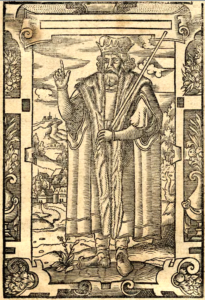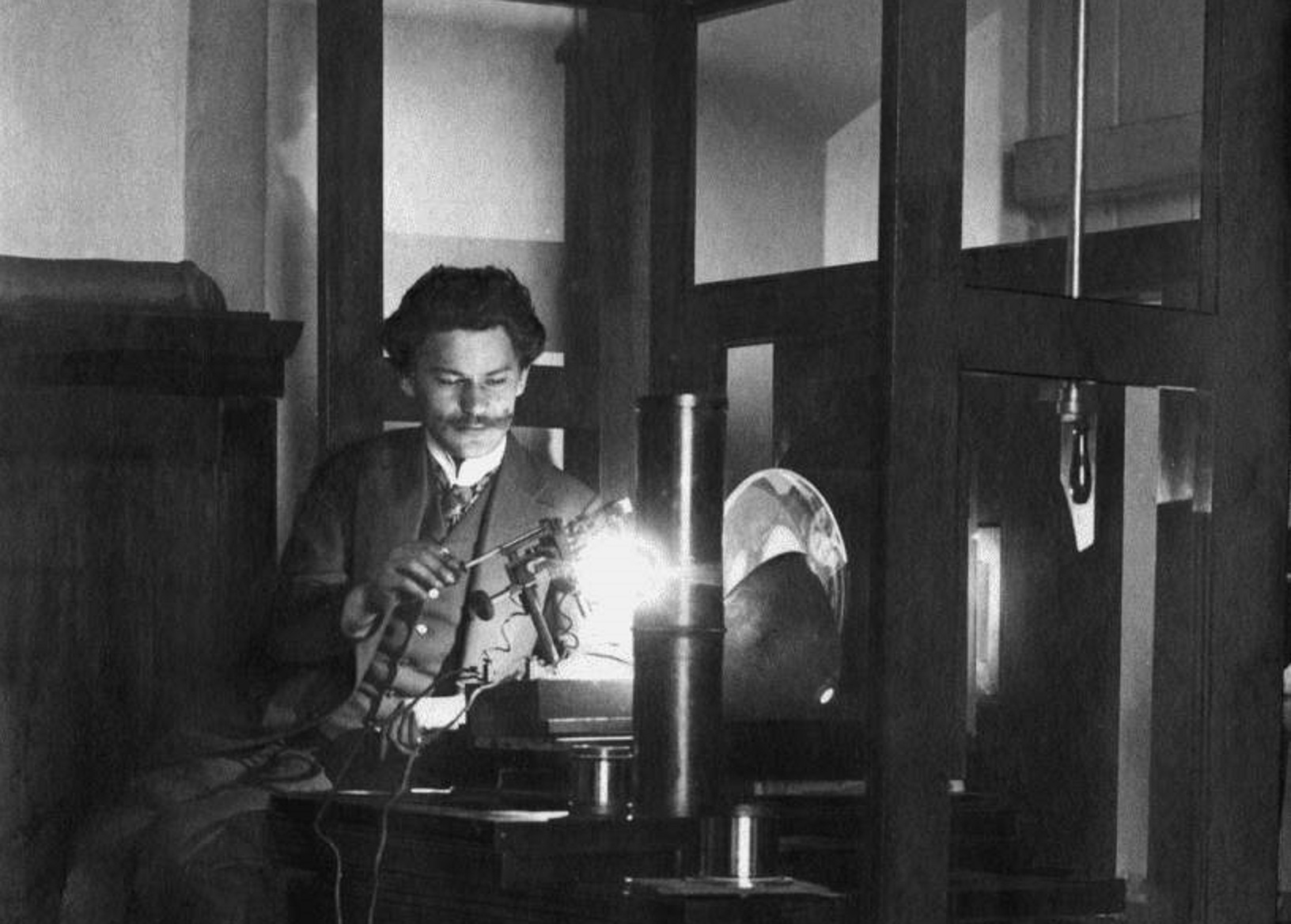Mieszko was not the first in the Vistula basin to attempt something memorable. Long before him, in the Lesser Poland region, around Kraków, something big was about to happen…
by Paweł Figurski
We start our journey in Mazovia, particularly in Płońsk, about 40 miles from the current Polish capital of Warsaw, to encounter only apparently uninteresting filthy wooden boxes. They have been dug up in 2007 while constructing new buildings to modernize the area, however, the artifacts provide an insight into the long distant past, when the region of Mazovia was conquered by the new mighty ruler active in the Vistula basin. The boxes from Płońsk stood at the bottom of the characteristic Piast rampart, elevated from the sites where the warlord Mieszko (or his troops) placed their feet. The dating with dendrochronology suggests that the tree out of which the boxes were made, was cut in 978/979. Hence, would the Piast stronghold in Płońsk mark the beginning or the end of conquering another region by Mieszko’s warriors? In contemporary sources, Mazovia lay on the edges of the civilized world. Beyond its borders were only the marshes inhabited by Prussians, depicted in contemporary sources as only semi-humans, sometimes as dog-headed people (Cynocephali). In the proximity of the lands lay the legendary city of Amazons, as attested in one of the sources composed in Magdeburg (or another Ottonian centre) in the 960s. If there were a map, one could safely have written about this place: There be dragons. Nevertheless, Mieszko decided to take it, and he took it fast.

Already in the 990s, the successful warlord donated his realm to someone even stronger, Saint Peter, and he hoped for an even larger counter-gift from the Prince of the Apostles. This disposition was written in one of the most mysterious sources of the early Polish Middle Ages, entitled Dagome iudex. The charter, presumably written on papyrus in Rome and possibly dictated by Mieszko’s envoys to Pope John XV (d. 996), has not survived to our times. However, the text of the diploma might be reconstructed due to later copies of its summary, written down already in the eleventh century, and preserved in later manuscripts. What we have today is some kind of textual matryoshka, but there is no doubt that Mazovia, alongside other contemporary provinces of central Poland, was already in the 990s under the control of Mieszko. His worn sword might have already been a bit rusty then and the ruler could have passed away calmly. He had achieved a lot, and had created a realm that survived generations. How did he accomplish it?
Mieszko was not the first in the Vistula basin to attempt something memorable. Long before him, in the Lesser Poland region, around Kraków, something big was about to happen. The realm whose name was associated with the Vistula River appeared in three distant sources stemming from the ninth century. In the Life of Saint Methodius, an anonymous mighty duke from the region, threatening local Christians in the neighbouring Great Moravia, was first asked to stop his unpleasant endeavours by the saint. He was then (possibly) subjugated with force by one of the Great Moravian rulers. The second source is that of perhaps a clergyman residing in Bavaria, eager to convert the Slavs. He noticed the tribe of Vistulans, though the author of the geographic description did not specify how strong the Vistulans were. The strength of the realm might illustrate the fact that even on the British Isles, the Anglo-Saxon rewriting of Late Antique Orosius’ masterpiece invokes Wisle land exactly in the place where one intuitively would seek it, in the Vistula basin. The written sources are confirmed by archaeological excavations. In the 1970s, a treasury of numerous axe-like iron items, weighing more than 2 200 pounds and dated to the ninth century, was found in Kraków on Kanonicza 13 Street. As one does not deposit over 4000 items in the ground just for fun (though there were numerous symbolic reasons to depose silver or other precious metals in the Middle Ages), the discovery was largely interpreted as proof of social stratification and advanced political processes. The same consequences flow from the mysterious mounds extant in Lesser Poland, in Kraków, in particular. The mounds dated loosely from the late eighth to the mid-tenth century must have been created by an efficient and politically organized community. A community that perished under the pressure of Great Moravians, Magyars, Bohemians, and finally, the Piasts.

The future belonged to the chiefdom that has been emerging in Greater Poland (around today’s Poznań) in the second and the third quarter of the tenth century. Towards the end of this period, in the 960s/70s, numerous sources written in the neighbouring Empire of the Ottonian dynasty refer to the might of Mieszko who was about to take control over Lesser Poland in the late 980s. Ibrahim ibn Yaqub, a Jewish traveller from Cordoba to Emperor Otto I, grants the Piast warlord the title king of the north and stresses that Mieszko’s lands are the largest amidst the Slavs. Ibrahim, apart from ethnographic descriptions of the Slavic quasi-saunas, was mostly interested in the military organization of Mieszko’s realm and describing the war potential of the ruler. His might was soon after acknowledged by the erudite monk from the Empire, Widukind of Corvey, who labels the Piast warlord as king of the Slavs as well as a friend of the Emperor, and depicts numerous battles of the Saxon aristocracy, sometimes won, sometimes lost, against the Slavic ruler. Hence, Mieszko enters the arena of history in the 960s, but this is the entry of a dragon. Mieszko is already the robust leader, assailant threat to the Ottonian margraves, the king of the Slavs, and finally, the friend of the Emperor.
What happened before the 960s is a mystery, shrouded in the silence of written sources. Only archaeology can help to illustrate these dark decades. With the newest findings and more precise dendrochronology, it was possible to challenge the narrative about the steady evolutionary state-building of the Piasts, which started in the eighth century, if not earlier. The Piast accumulation of territories was revolutionary and often marked with brute force. The Greater Poland region seems to have been subjugated within one generation. From the southeast side of the region, maybe from around Kalisz, numerous military campaigns were launched in the first half of the tenth century. The expeditions against north-western Greater Poland led to the destruction of most of the pre-existing sites. New strongholds were established in their place or on the new sites, built with the characteristic Piast ramparts that enable us to date the conquest. Mieszko, or his predecessor, was establishing his presence with much force in the region. Similarly, soon after the turn of the 960s, the warlord ventured into other territories: Kuyavia, Pomerania, Mazovia, and towards Silesia and Lesser Poland (though into the latter with less brutality), capturing the regions by the late 980s.

To conquer the new lands, Mieszko created an efficient system of patronage over his warriors who were recruited from Central, Eastern, and Northern Europe. The warlord paid them in goods, and silver, and patronized their families. His wealth accumulated due to constant conquest that was rapid, successful, and brought the trade goods that were needed in the Islamic caliphates and elsewhere–the Slavic slaves, who were encountered even at the Abbasid courts in Baghdad.
To sum up, Mieszko’s early medieval state, by any means, resulted from a broad social contract. In organizing brutal conquest, administering goods to his warriors, and leading over the slave trade, the ruler resembled more the figure of Coppola’s Godfather rather than the Father of the Country (pater patriae). His success, however, was due not only to the military might but also to the power of the Christian religion, to which we will now turn.
Scholarly readings:
Andrzej Buko, The Archaeology of Early Medieval Poland. Discoveries – Hypotheses – Interpretations (Leiden: Brill, 2007), esp. pp. 175–221.
Andrzej Buko, Bodzia. A Late Viking-Age Elite Cemetery in Central Poland (Leiden: Brill, 2015).
Andrzej Pleszczyński, The Birth of a Stereotype. Polish Rulers and their Country in German Writings c. 1000 A.D. (Leiden: Brill, 2011).
Michał Trzeciecki, “The Emergence of the Territorial State,” in: The Past Societies. Polish Lands from the First Evidence of Human Presence to the Early Middle Ages, vol. 5: 500 AD–1000 AD, ed. by Michał Trzeciecki (Warszawa: IAiE PAN, 2016), pp. 277–341.
Viking-Age Trade: Silver, Slaves, and Gotland, ed. by Jacek Gruszczyński, Marek Jankowiak, and Jonathan Shephard (London-New York: Routledge, 2021).
Author: Paweł Figurski, Ph.D.
Read also:
State-formation as an organized crime or local appropriation of heavenly Jerusalem? The Polish Case Study in the late 10th–early 11th Centuries
Did Mieszko adore Christ? Christianization of the Slavs and the Forging of Poland
(Un)Holy Piasts. The Attempted Sanctification of the Dynasty before the Collapse of the Early Medieval State





